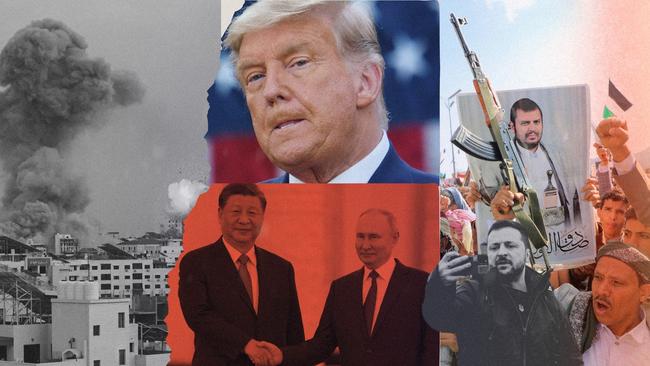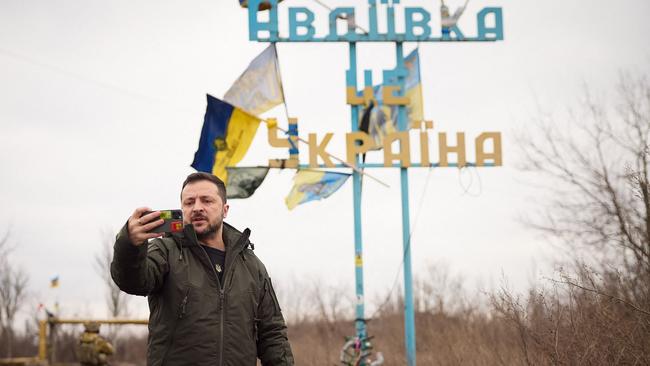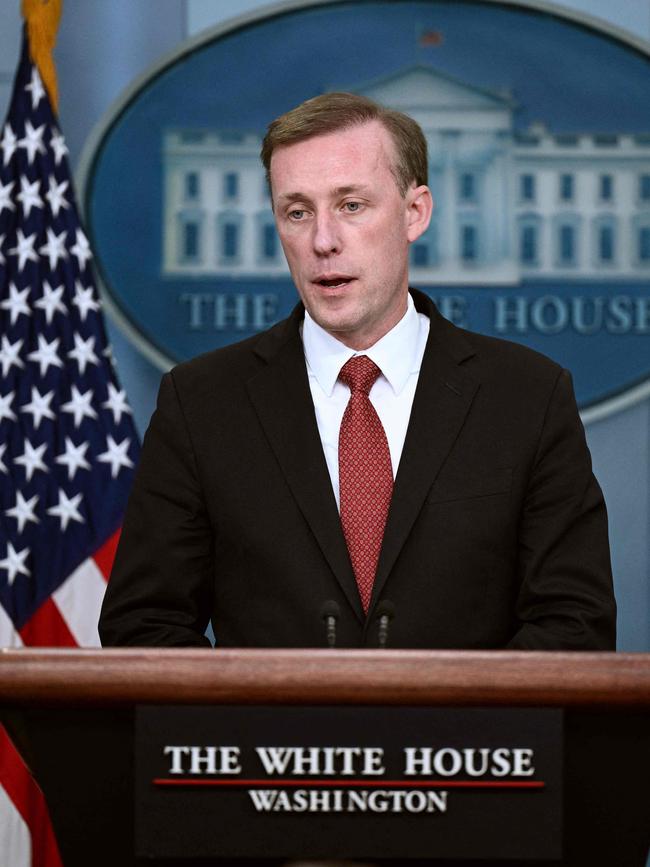Risk meter reaches all the way up to WWIII in 2024
As the disastrous Covid-19 era fades into memory, we might have hoped 2024 would be a year to look forward to, a return to the relative normalcy of the 2010s.

But instead medical tyranny has given way to unprecedented geopolitical risks and the world is facing the most dangerous year since perhaps the height of Cold War. Every other day “WWIII” is trending on social media with suggestions this period of heightened risk could boil over, drawing the US and its allies into hot wars in Ukraine and the Middle East.
Meanwhile, China could trigger a confrontation of its own over Taiwan in the South China Sea that would pit the world’s two superpowers against each other. Can you think of any time in recent history when three distinct parts of the world have become powder kegs simultaneously?
And all of this is unfolding as the US faces the most divisive, distracting and potentially destabilising presidential election in its history. No year, at least in my lifetime, comes close to the dangers 2024 presents: for all the horror and shock of 9/11, it never seemed to present an existential threat to world peace.
The subsequent US invasions of Afghanistan and Iraq were obviously going to end in US short-term victories, given Washington’s overwhelming military power, however painful and regrettable the longer-term failures of those ventures. The 2008 financial crisis caused immense economic pain in many countries but produced nothing remotely comparable to what we are now witnessing geopolitically.
The Ukraine war may appear to have faltered into a stalemate, but the more dangerous phase is yet to come. The US, perhaps foolishly, has attached its reputation to a Ukrainian victory, promising Kyiv repeatedly of support “for as long as it takes”, tacitly promising Ukraine it would help the besieged nation eject Russian forces from the eastern provinces and even Crimea. US President Joe Biden repeatedly has described the conflict as one between good and evil, democracies and autocracies, casting Russia as an existential threat to Europe and world peace.
As Russia looks set to wear down Ukraine with its demographic and military superiority, the US has little option but to provide further military assistance.
Moreover, the US and NATO allies have refused to give up on a 2008 promise to bring Ukraine into NATO – the reason Russia says it invaded in the first place.
In September last year NATO secretary-general Jens Stoltenberg revealed Vladimir Putin had presented a draft treaty, an ultimatum, demanding the alliance rescind its promise to incorporate Ukraine into NATO.

“That was what he sent us. And (that) was a pre-condition for not (invading) Ukraine. Of course we didn’t sign that,” Stoltenberg said at a press conference. Thousands of Ukrainians have since died to become part of NATO. It’s inconceivable the US could leave Ukraine in the lurch, its country wrecked and people shell-shocked, without this promise ultimately being fulfilled. All this means is that the war is likelier to escalate than subside, leading to the risk of another nuclear standoff between the US and Russia.
“Although the Middle East remains beset with perennial challenges,” US national security adviser Jake Sullivan wrote in the first draft of an essay in the prestigious journal Foreign Affairs, just weeks before October 7, “the region is quieter than it has been for decades.”
How wrong he was. For all Israel’s early successes in destroying Hamas operatives in Gaza after October 7, the conflict is unlikely to end soon and could well escalate. Hezbollah, more powerful than Hamas, threatened retaliation for Israel’s strike on a Hamas leader in Lebanon on January 2. On Monday a senior Hezbollah commander, and a relative by marriage of Hezbollah leader Hassan Nasrallah, was killed in an Israeli strike in Lebanon.

Meanwhile, the Houthis, thankfully poor shots thus far, appear bent on hitting an allied ship in the Red Sea, which could convince the US to strike their paymaster Iran, whose various militias already have attacked US bases in Iraq and Syria more than 115 times since October.
In 2021 it would have been laughable to argue the risk of the Chinese Communist Party invading Taiwan presented only the third gravest risk to world peace. But here we are, and that region could easily move up the list. Much like (a far more benign) Japan before it, Chinese power arguably has peaked relative to the US, given the former’s self-inflicted demographic decline and its increasingly anaemic economic performance. Xi Jinping, having promised to reunify Taiwan with the mainland under his tenure, may need to move sooner rather than later, especially while the US is so distracted in Ukraine and the Middle East.
The Covid pandemic has left the US and its allies, including Australia, ill prepared for any escalation in any of these theatres.

Their governments are wallowing in debt and their population bitterly divided politically amid soaring inequality and a loss of faith in institutions, from universities to the political class.
Years of peace since the Cold War have left even the US unable to quickly replenish munition stockpiles. Manufacturers of warships and planes are beset with supply bottlenecks and regulations that make warfare vastly more costly than it once was.
It’s impossible to quantify geopolitical risks, but it’s fair to say the risk meter is the highest it has been for decades. The US presidential election in November could be a circuit-breaker – if the world can make it to November without a major war breaking out. But it’s impossible to know how a future Republican or Democrat administration would deal with these crises. Political rhetoric in a presidential campaign is often meaningless.








As the disastrous Covid-19 era fades into memory, we might have hoped 2024 would be a year to look forward to, a return to the relative normalcy of the 2010s.